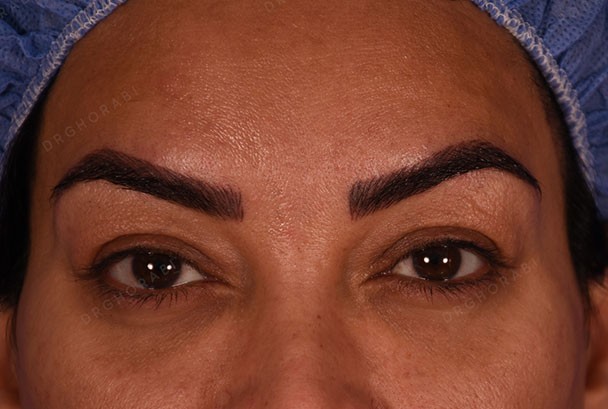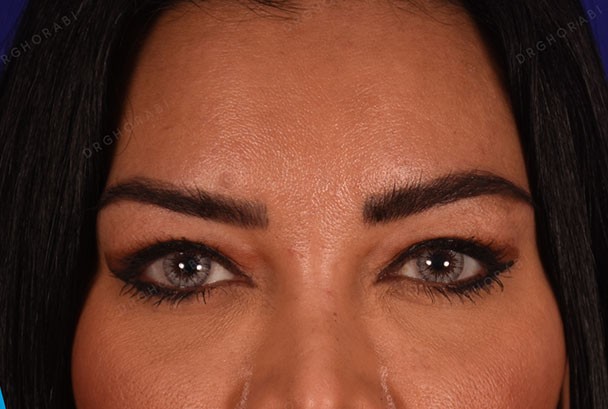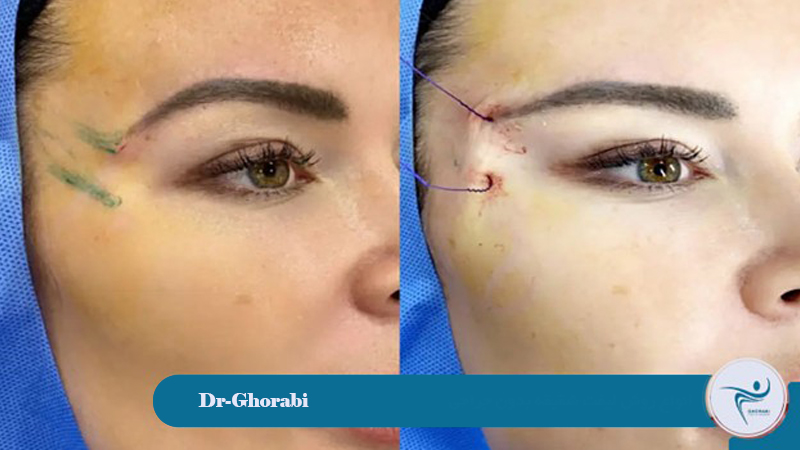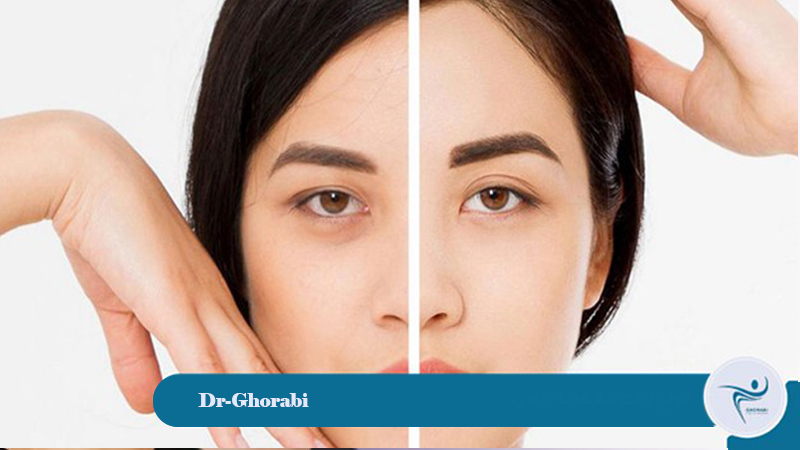Temple lift is a cosmetic procedure to tighten the skin around the eyes, cheeks, forehead, and temples. It can be performed surgically or non-surgically. Non-surgical temple lifts include those using fillers, Botox, HIFU, threads, and plasma. Surgical temple lifts include open, closed, and temporal methods. Non-surgical temple lifts typically have temporary results, while surgical temple lifts are permanent and last for several years.
Types of Non-Surgical Temple Lifts
If you don’t want to undergo facial cosmetic surgery and surgery, we suggest using non-surgical temple lift methods such as those using fillers, Botox, HIFU, threads, and plasma.
Types of surgical temple lifts
Types of surgical temple lifts include open, closed, and temporal methods. You can read the description of each in this section.
Permanent temple lift surgery stages
The process of a temporary face lift (such as a temple lift or eyebrow lift) usually involves several specific and specialized stages, which are as follows:
- Anesthesia:To ensure comfort and painlessness during the procedure, the patient is given local anesthesia or, in some cases, general anesthesia.
- Incision: A small incision is usually made in the temple area and above the hairline to remain hidden in the natural creases of the skin and leave no significant scar.
- Tissue repositioning: In this step, the surgeon carefully lifts the skin, underlying tissues, and sometimes muscles and moves them to a higher position to make the face look younger and more vibrant.
- Removal of excess skin: To improve the final results and eliminate excess lines and wrinkles, some excess skin is removed.
- Closing the incisions: The incisions are carefully closed using fine sutures or surgical staples to ensure proper healing and minimize scarring.
After the procedure, the patient is monitored and given instructions for post-operative care to reduce inflammation, prevent infection, and maintain the results of the procedure.
How Long Does a Temple Lift Last?
The longevity of a temple lift varies depending on the method used and the individual characteristics of the patient. If the lift is performed surgically, the results usually last up to 5 years and, in some cases, even longer, especially if the patient’s skin has good elasticity and post-operative care is properly followed.
In contrast, non-surgical methods such as thread lifts or other minimally invasive techniques have less longevity and usually remain effective for 12 to 24 months. Other factors such as age, genetics, skin type, sun exposure, lifestyle (such as smoking or poor diet), and even stress management also affect the durability of the results.
Suitable Candidate for Surgical Temple Lift
Suitable candidates for surgical temple lift are those who fall into one of the following groups:
- Individuals with severe eyebrow sagging, reducing the distance between their eyebrows and eyes.
- Those whose eyebrow ends are drooping and putting pressure on their eyelids.
- Individuals who have fine lines or wrinkles in the corners of their eyes.
- Those who genetically have sagging or wrinkles in the temple area.
- Individuals seeking a more aesthetically pleasing shape for their eyebrows and eyes.
However, consultation with a specialist is necessary for this surgery, and ultimately the doctor must determine whether you are suitable for this procedure.
Visitor comments
Side Effects of Temple Lift Surgery
Temple lift surgery, like other cosmetic surgeries, may be associated with some side effects. These side effects are usually temporary, but in some cases they may become more serious. Possible side effects of this surgery include:
- Swelling and bruising, which usually subside within the first few days.
- Pain and discomfort, which can be controlled with painkillers.
- Temporary or permanent numbness in the surgical area.
- Scars, which may remain.
- Infection, which is controllable with timely treatment.
- Asymmetry, which may require correction in some cases.
- Recurring sagging due to improper post-surgical care.
To reduce these side effects, it is very important to follow the doctor’s instructions before and after surgery.
Temple Lift; A Solution for Rejuvenating the Eyebrows, Forehead, and Temples
Temple lift is an effective method for rejuvenating the areas around the eyes, eyebrows, forehead, and temples, and can be performed surgically or non-surgically. Non-surgical methods such as fillers, Botox, HIFU, threads, and plasma are temporary, while open, closed, and temporal surgeries have more permanent results. Surgical temple lift is suitable for those seeking more lasting changes, and the results usually last up to 5 years.
To prevent complications and achieve effective results from temple lift surgery, you should be extremely careful in choosing a surgeon. In this regard, you can benefit from the consulting services of Dr. Gholamhossein Ghorabi a subspecialist in plastic and cosmetic surgery.
About DR. Ghorabi
Get to know/Meet Dr. Ghorabi.
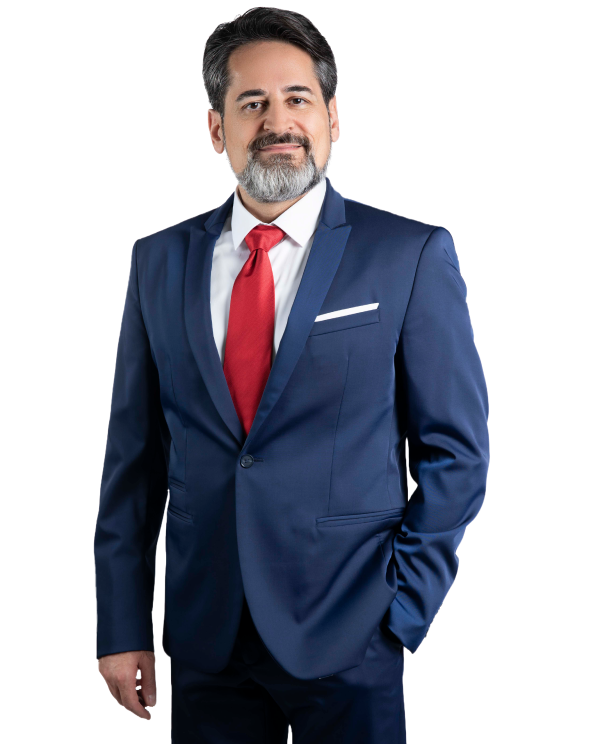
About DR. Ghorabi
Get to know/Meet Dr. Ghorabi.
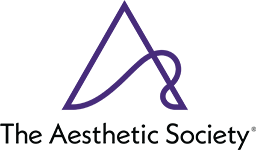
Fellow of the American Academy of Facial Plastic and Reconstructive Surgery (AAFPRS) or a similar organization such as the American Society of Plastic Surgeons (ASPS).

Official member of the International Society of Plastic and Aesthetic Surgeons
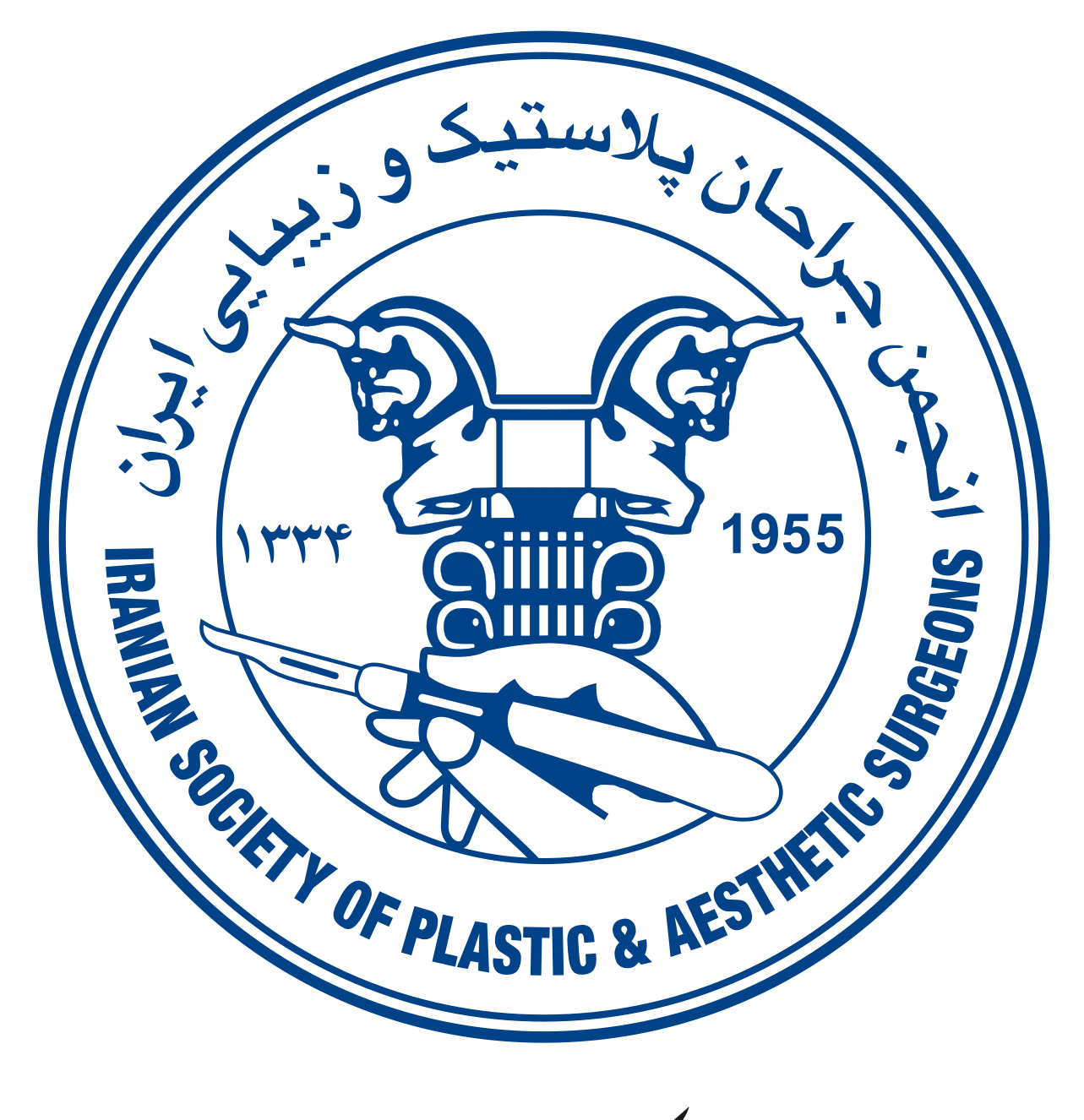
Official member of the Iranian Association of Plastic and Reconstructive Surgeons
FAQs
Is a surgical or non-surgical temple lift better?
The surgical method has longer-lasting results, while non-surgical methods are minimally invasive and temporary.
How long does a temple lift last?
In the surgical method, up to 5 years, and in non-surgical methods, between 12 and 24 months.
Does a temple lift hurt?
Non-surgical methods are usually painless, and surgery is performed with local anesthesia or general anesthesia.
What is the best age for a temple lift?
From the age of 30 onwards, when signs of sagging and wrinkles appear.
What are the side effects of a temple lift?
Swelling, bruising, numbness, or scarring, which are often temporary and manageable.
